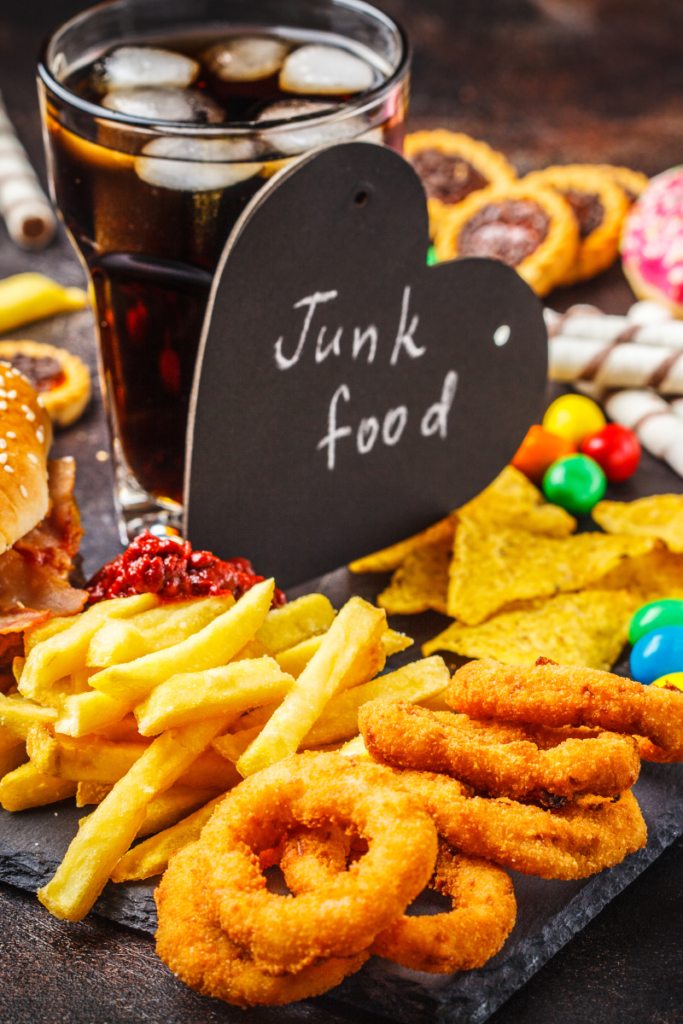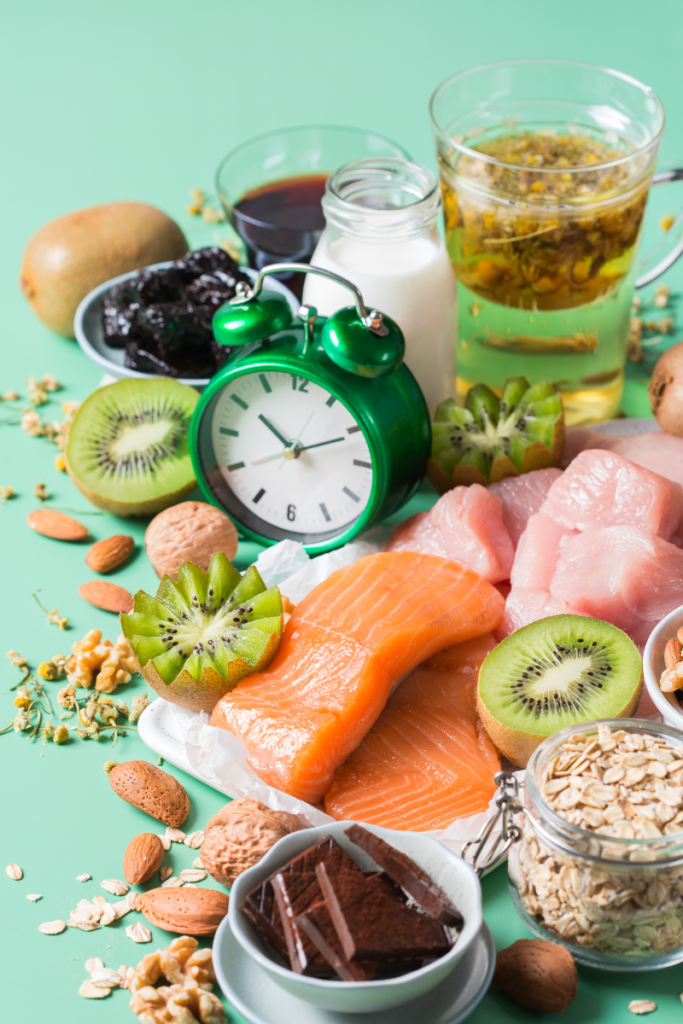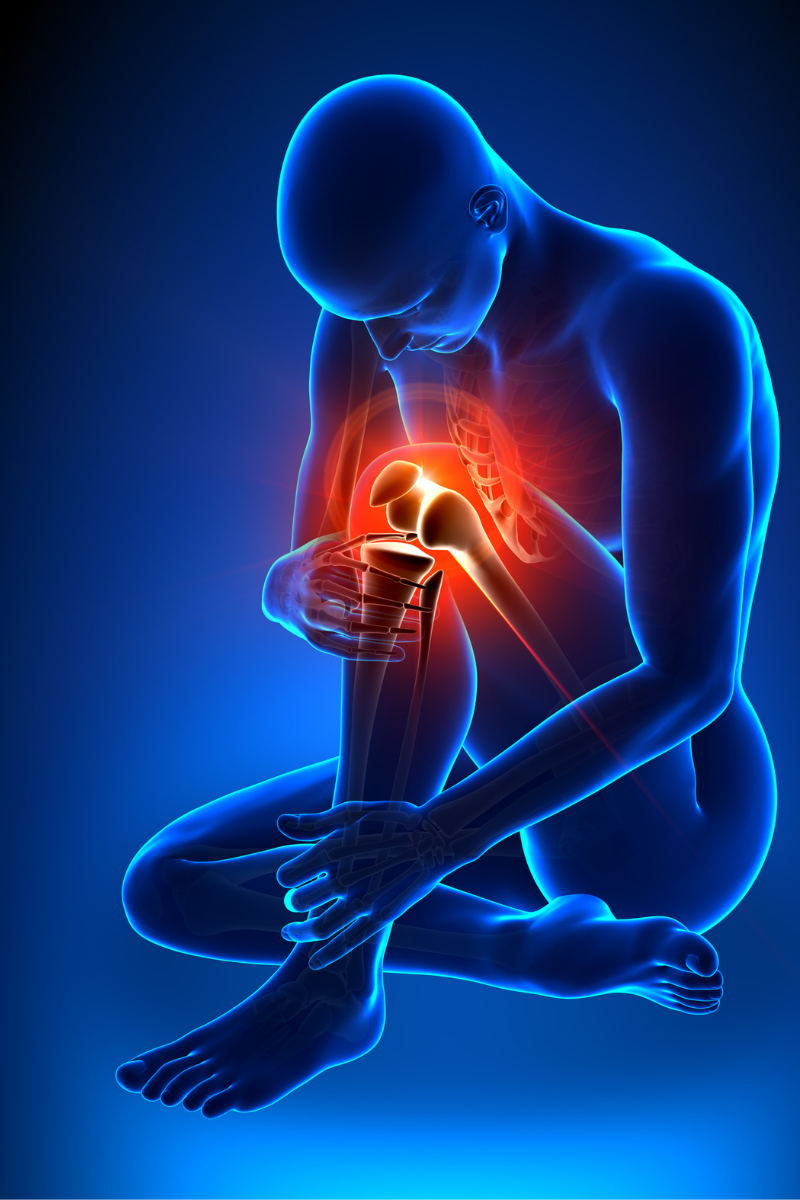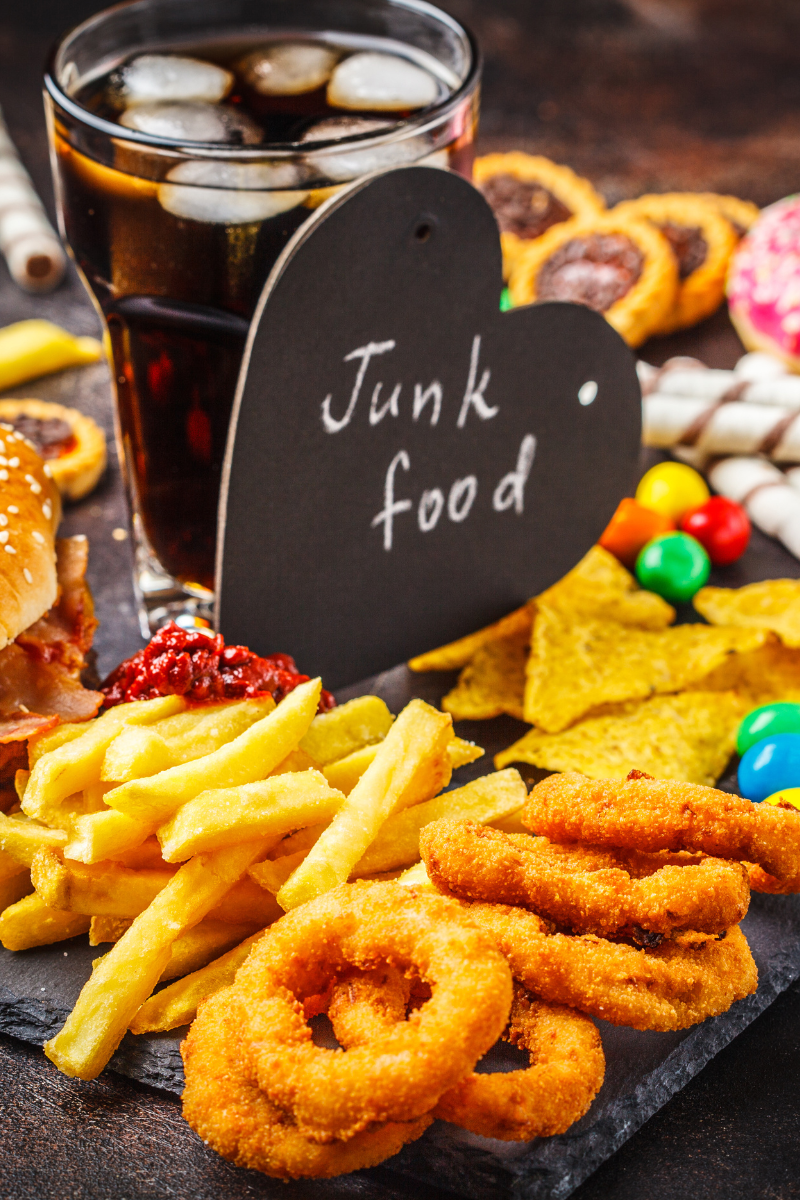
A Practical Guide for Fibromyalgia and Chronic Pain Patients
Many people don’t realize that certain pro-inflammatory foods can worsen flares of fibromyalgia, arthritis, or chronic low-back pain. The good news? Tweaking your diet can lower inflammatory markers and ease pain perception in just a few weeks (Simopoulos, 2022). This guide shows you what to cut back on, what to add, and how to make sustainable changes for a life with less pain and more energy.
Why Does Diet Affect Inflammation and Pain?
- Glucose & AGEs – Sugar spikes create advanced glycation end products that sensitize pain receptors (Rodríguez et al., 2020).
- Trans fats – Boost pro-inflammatory cytokines (IL-6, TNF-α) involved in chronic pain (Hernández & López, 2021).
- Gut dysbiosis – Ultra-processed foods disrupt the microbiome and drive neuro-inflammation (Chen et al., 2023).
Clinical trials in fibromyalgia show up to a 30 % drop in pain after eight weeks on an anti-inflammatory diet compared with a standard diet (Kostova et al., 2022).
Top 6 Pro-Inflammatory Foods to Limit
| Food | Why It Hurts | Evidence 2019-2024 |
| Added sugars (sodas, pastries) | Raise AGEs and insulin spikes | Wang 2021 |
| Refined grains | High glycemic load → systemic inflammation | Kim et al. 2020 |
| Trans fats (fried foods, margarine) | ↑ IL-6 & CRP | Hernández & López 2021 |
| Processed meats (cold cuts) | Nitrates/nitrites fuel oxidative stress | Sánchez 2023 |
| Ultra-processed foods with additives | Dysbiosis & endotoxemia | Chen et al. 2023 |
| Excess alcohol | Free-radical surge & poor sleep | García 2022 |
FAQ
Should I cut out gluten and dairy?
Only if you have confirmed intolerance. 2022 studies found no universal benefit (Carballo, 2022).
Does coffee increase inflammation?
1-2 cups can be antioxidant; > 400 mg caffeine/day raises cortisol and anxiety.

Conclusion
Choosing anti-inflammatory foods isn’t a magic cure, but it’s a proven pillar for easing pain, fatigue, and brain fog. The key is steady progress (no guilt) and professional guidance.
Want a Personalized Plan?
Click “Book online” to receive a tailored menu, medical follow-up, and ongoing support.
References
- Chen, Y., Zhu, H., & Li, M. (2023). Ultra-processed foods, gut dysbiosis and chronic pain. Nutrients, 15(4), 901-913.
- García, P. (2022). Alcohol and free radicals in musculoskeletal pain. Journal of Pain Research, 15, 2555-2563.
- Hernández, P., & López, F. (2021). Trans-fat intake and cytokine profile in chronic pain patients. Clinical Nutrition, 40(9), 5278-5284.
- Kim, S., Park, J., & Lee, H. (2020). High-glycemic diet and systemic inflammation: A meta-analysis. Nutrition Reviews, 78(3), 193-204.
- Kostova, V., Dimitrov, G., & Ognyanova, I. (2022). Anti-inflammatory diet reduces fibromyalgia symptom severity: Randomized controlled trial. Pain Medicine, 23(12), 2213-2222.
- Rodríguez, L., García, M., & Varela, S. (2020). Advanced glycation end products amplify pain in diabetic neuropathy. Diabetes & Metabolism, 46(5), 410-418.
- Sánchez, J. (2023). Processed-meat nitrates and oxidative stress in chronic pain. European Journal of Nutrition, 62(8), 3485-3494.
- Simopoulos, A. P. (2022). Omega-3 fatty acids and inflammatory pain: A review. Prostaglandins, Leukotrienes and Essential Fatty Acids, 180, 102435.
- Wang, X. (2021). Added sugars and inflammatory biomarkers in chronic musculoskeletal pain. Journal of Pain Research, 14, 2157-2166.




